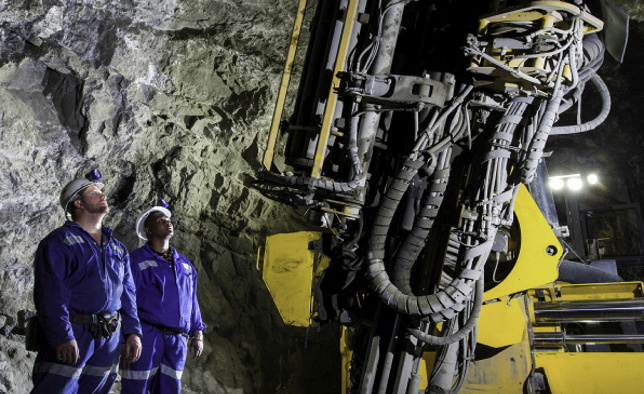
Christie’s brought in GBP 8.3 million ($10.7 million) from its Important Jewels sale in London on Wednesday, with pearls dominating the event.
The priciest was a cut-cornered rectangular step-cut, 18.02-carat, D-color, VVS1-clarity, type IIa diamond ring, which fetched GBP 881,250 ($1.1 million) against an estimate of GBP 800,000 to GBP 1.2 million ($1 million to $1.6 million). Four of the top 10 lots were jewelry items featuring pearls, which sold for well over their high estimates.
An emerald, diamond and cultured-pearl necklace by Meister, set with a rectangular cut-cornered, 10.99-carat emerald, garnered GBP 275,000 ($355,943), almost 23 times its GBP 12,000 ($15,532) high estimate. Meanwhile, a necklace containing 45 natural pearls went for GBP 268,750 ($347,922), well above its GBP 120,000 ($155,351) high valuation.
A pair of 19th-century natural-pearl earrings, which previously belonged to Eugénie de Montijo, the last empress of France and wife of Emperor Napoleon III, fetched GBP 237,500 ($307,375), smashing its GBP 80,000 ($103,537) upper estimate. A set of button-shaped, natural-pearl and diamond earrings, went for GBP 187,500 ($242,696), exceeding its GBP 80,000 ($103,537) high presale valuation.
Other notable items included a diamond necklace by Shinde, which garnered GBP 539,250 ($697,908), nearly three times its GBP 200,000 ($258,844) high valuation, and a Van Cleef & Arpels diamond necklace from the mid-20th century, which swept past its GBP 150,000 ($194,206) upper valuation, bringing in GBP 347,250 ($449,587).
Source: DCLA





